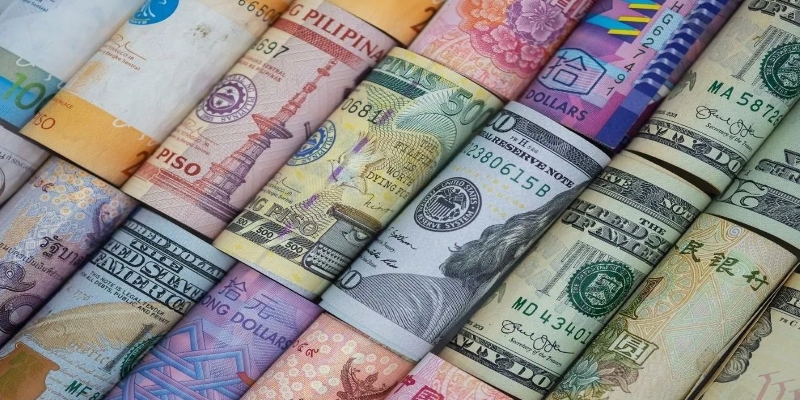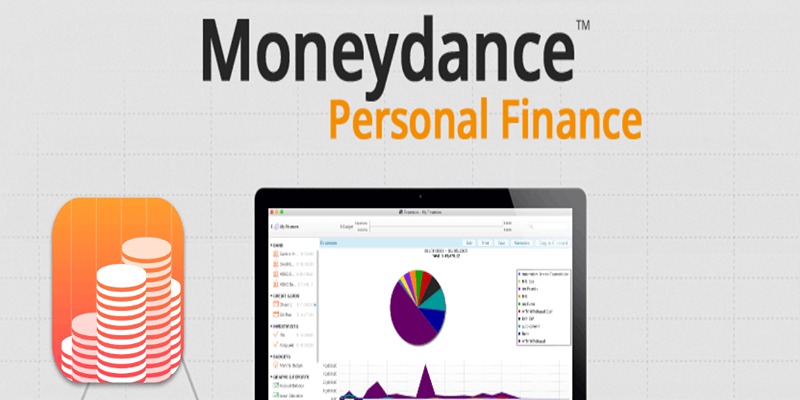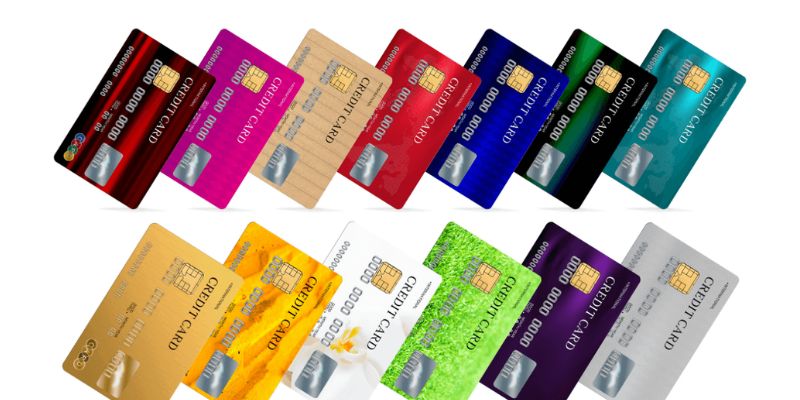Finding the Currency Basket: A Simple Guide to Its Role and Relevance in Global Finance
Nov 30, 2024 By Elva Flynn
Advertisement
In a global economy where exchange rates affect all aspects of international trade and investment, the idea of a currency basket has become an essential tool for policymakers, corporations, and investors. In this post, I'll explain this concept, explain how it works, why it's important, and use real-world examples to show its value.

What Is a Currency Basket?
Basically, a currency basket is a grouping of different national currencies in a particular proportion. The value of any other currency is measured by how much money will buy one of these baskets. Pegging a currency to a single foreign currency gives you less flexibility, but you can peg to a basket of more or less the same, and you're less susceptible to market shocks.
The utility of a currency basket comes down to one core purpose: managing the value of a currency. Currency risk is diversified when countries or institutions choose more than one currency. This structure means that fluctuations in one currency will not directly translate into the other currency, which makes for a more stable international transaction.
How Does a Currency Basket Work?
The operation of a currency basket hinges on three main steps: currency selection, weight assignment, and composite index calculation.

Selection of Currencies
Economic and trade relations, as well as currency's importance on the global economy, determine which currencies are included in the basket. The U.S. Dollar Index is an example by example; this is the index that measures the strength of the U.S. dollar and consists of the major world currencies such as the euro, Japanese yen, British pound, Canadian dollar, Swedish krona, and Swiss franc. The basket is a well-rounded measure of the dollar's value as each currency selected reflects the currency's role in global trade and finance.
Assignment of Weights
After selecting the currencies, each one is assigned a specific weight based on its significance. The weighting system might take into account factors like trade volume with the issuing country, economic stability, or the liquidity of its financial markets. For instance, in the U.S. Dollar Index, the euro carries the highest weightaround 57.6%due to the substantial trade relationship between the United States and the Eurozone.
Calculation of the Composite Value
Once weighted, the individual values of the baskets currencies are combined to produce a composite value or index. This index acts as a benchmark against which the value of another currency is compared. For example, countries or institutions might measure their currencys strength against the SDR (Special Drawing Rights), a currency basket managed by the International Monetary Fund.
The Significance of Currency Baskets in Global Finance
Currency baskets hold significant value in international finance for several reasons:
Stabilizing Exchange Rates
Currency baskets help governments and institutions stabilize exchange rates by reducing the dependence on a single foreign currency. For instance, if a country pegs its currency to a single currency like the U.S. dollar, it becomes highly vulnerable to fluctuations in that currency. A currency basket, on the other hand, mitigates this risk by spreading the potential impact across multiple currencies.
Risk Diversification
Currency baskets also allow countries and companies to diversify risk. When businesses have exposure to multiple currencies, a currency basket provides a more balanced way to manage that exposure, ensuring that fluctuations in one currency wont drastically affect overall value. This approach is especially valuable for investors and corporations involved in multinational trade.

Benchmarking and Policy Evaluation
For central banks and policymakers, currency baskets serve as benchmarks to assess the effectiveness of monetary policy. Tracking how their currency performs against a basket rather than a single currency provides a clearer view of its stability, enabling more informed adjustments to economic policy.
Examples of Currency Baskets in Practice
To better understand how currency baskets work, lets look at some practical examples:
Special Drawing Rights (SDR)
Managed by the International Monetary Fund (IMF), the SDR is a prominent example of a currency basket used on an international scale. This reserve asset includes the U.S. dollar, euro, Chinese yuan, Japanese yen, and British pound. Countries can use SDRs as a form of liquidity in times of economic crisis. The SDR also serves as a unit of account for the IMF, making it a valuable tool for international settlements.
U.S. Dollar Index (DXY)
The U.S. Dollar Index is a currency basket that measures the dollar's value relative to a group of major global currencies. This index offers insight into the dollar's strength on the international stage and is widely followed by forex traders. Fluctuations in the DXY provide indications of the U.S. economy's health, influencing everything from interest rates to investment decisions.
European Currency Unit (ECU)
Before the introduction of the euro, the ECU served as a currency basket within the European Union. Comprised of a combination of European currencies, the ECU was used as a unit of account for transactions among EU member states, facilitating greater stability and paving the way for the creation of the euro. This basket structure fostered cooperation among countries, allowing them to maintain exchange rate stability before adopting a unified currency.
Asian Monetary Unit (AMU)
Proposed as a currency basket for Asian economies, the AMU seeks to provide stability in a region marked by diverse currencies and economic policies. Although yet to be adopted, the AMU would include key currencies from the area, such as the Japanese yen, Chinese yuan, and South Korean won. The goal of this basket is to foster stronger regional integration, reducing reliance on external currencies like the dollar.
Conclusion
In todays interconnected global economy, currency baskets offer an innovative solution to currency volatility and economic instability. By spreading exposure across multiple currencies, these baskets provide a more stable and balanced reference point, essential for countries, investors, and institutions involved in global finance.
Advertisement
-
 Investment Nov 26, 2024
Investment Nov 26, 2024What Is a Non-Marketable Security? Meaning and Common Examples
What are non-marketable securities, and how do they differ from marketable ones? Learn how these illiquid assets offer stability and predictable returns in long-term investments
-
 Know-how Sep 18, 2024
Know-how Sep 18, 2024Moneydance Review: Unpacking Its Key Benefits and Features
Discover how Moneydance simplifies personal finance management with its user-friendly interface, comprehensive features, and strong security options.
-
 Banking Oct 26, 2024
Banking Oct 26, 2024How Construction Loans Work: Your Ultimate Guide to Financing a New Build
Our in-depth guide covers everything about construction loans—from types and qualifications to the loan process—so you can confidently finance your home construction project
-
 Banking Nov 20, 2023
Banking Nov 20, 2023What Are the Different Types of Credit Card Designs?
Discover the different types of credit card designs and determine which is right for you! Let your style shine through with every swipe, whether you want something colorful or a minimalist black-and-white motif.
